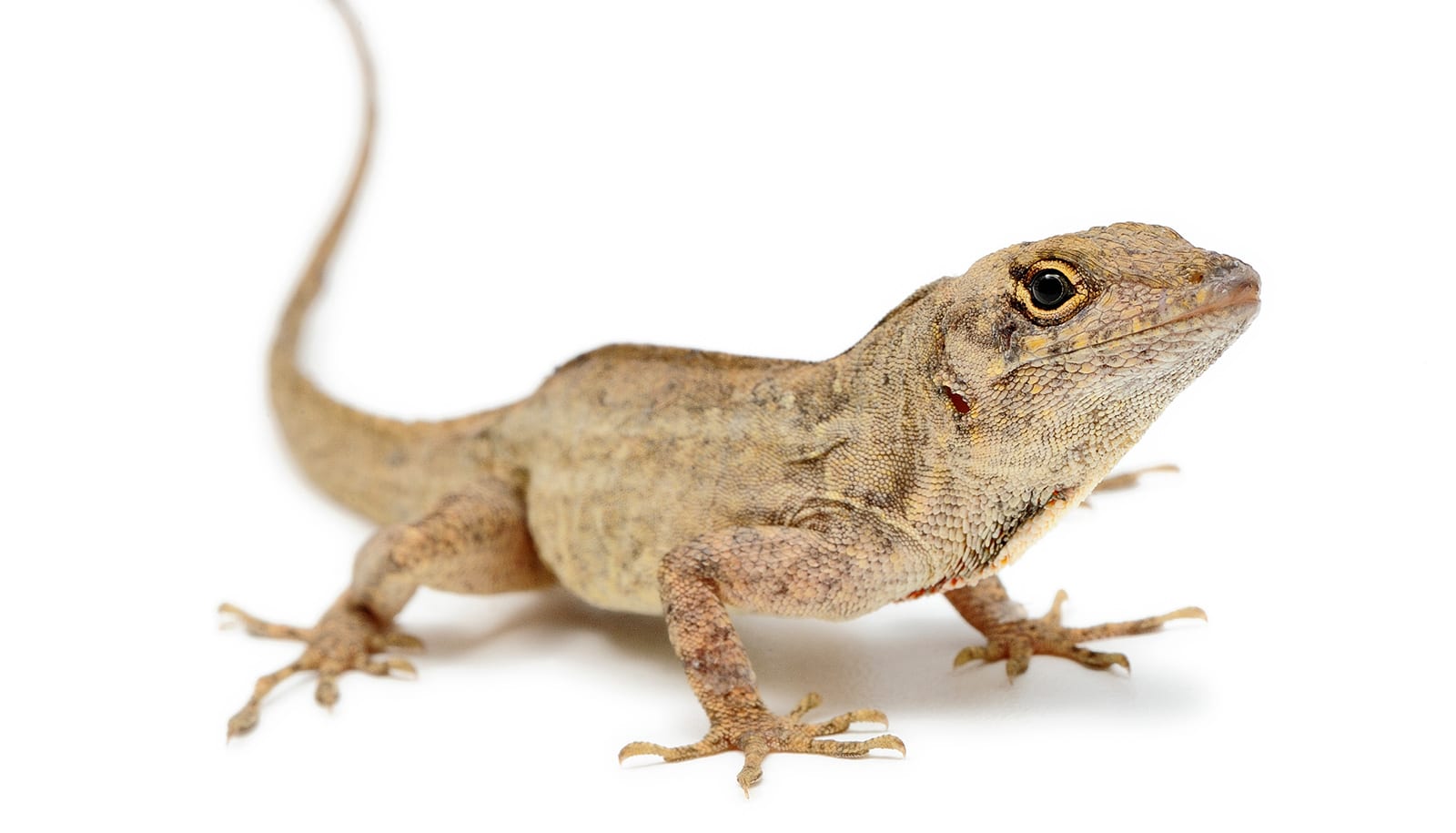Living in areas with fire-ant invasions stress out fence lizards. But lizards show this stress in surprising ways after extended fire ant exposure in socially stressful environments, say researchers.
“After encounters with non-lethal stress levels (from fire-ant exposure), we asked; Okay, they (the lizards) live, but what happens then?” says Tracy Langkilde, professor of biology at Penn State. “Do they live and are fine? Do they live and remain stressed? We just don’t know.”

Langkilde and her colleagues wanted to know the short- and long-term physiological effects on fence lizards due to invading fire ants. Langkilde’s prior research showed that lizards in fire-ant-invaded areas have elevated stress levels in their natural habitats, but did not pinpoint the cause of that stress.
“We can’t look at lizards in the field,” says Langkilde, “because the environments aren’t controlled and so we can’t assume that the stress response is just due to the fire ants. There are other environmental factors that could be causing differences in stress.”
The researchers conducted two experiments to test fence lizards’ stress response to non-lethal exposure to fire ants. The first experiment looked at the impact on stress physiology immediately after a short, fire-ant exposure and the second looked at the physiological effects after extended exposure in semi-natural conditions. The results appear in Physiological and Biochemical Zoology.
The researchers first exposed lizards to natural fire-ant mounds in short, direct encounters, to show that fire ants really do cause stress to the lizards. In invaded areas, fence lizards will die after sixty seconds of bites from a few dozen fire ants. The first set of experiments exposed lizards once to just a few fire ants for sixty seconds, ensuring a non-lethal dose of fire-ant venom.
The researchers measured the lizards’ stress levels after the encounter with fire ants by the amount of the stress hormone corticosterone (CORT) in blood samples. Although they found that fire ants did cause stress in these staged encounters, this did not prove that fire ants were the cause of elevated stress seen in nature.
“The direct experiment shows that fire ants are stressors,” Langkilde says, “but it does not rule out other environmental factors that may be contributing to differences in stress in nature. So, we wanted to control the environments as much as possible to isolate fire ants as the causal factor of elevated stress levels.”
Why robots sink in sand but lizards don’t
A second experiment tested the lizards’ stress responses after two weeks spent in large, semi-natural enclosures built in a fire ant-invaded area. Two of four enclosures had natural levels of fire ants while the other two were made fire-ant free.
The researchers made the four enclosures as identical as possible—for example, the number of trees; places to hide or perch; the quantity of natural prey; and balance of male and female lizards—so that the only controllable difference was the presence or lack of fire ants in the enclosures. They expected to measure significantly higher CORT levels in the blood samples from lizards that had been living with fire ants for two weeks.
Instead, they found the exact opposite. The lizards from fire-ant enclosures showed significantly lower baseline CORT levels than those from fire-ant-free enclosures.
“This could mean that these lizards were not stressed out by fire ants—which is not likely,” Langkilde says. “But it could also mean that something has gone wrong with their stress-control system.”
Scientists amazed how fast lizards evolved new feet
The researchers speculate that the combination of fire ant exposure and social stress—moving to a new environment, interacting with new lizards, and being watched by researchers—may have overwhelmed the lizards’ ability to manage stress, like blowing a fuse in a power surge.
“If you have too much of the stress hormone,” Langkilde says, “it actually shuts down production of any more stress hormone.”
Langkilde and her colleagues tested for this type of breakdown—called allostatic overload—by measuring the lizards’ immune system response and chemically stimulating further CORT production after the two-week experiment. Past laboratory tests showed that allostatic overload should suppress stress hormone production and immune system response.
However, neither the exposed nor the non-exposed lizards showed traditional signs of allostatic overload, and this has left the researchers with no clear reason why lizards had lower CORT levels after long-term fire ant exposure.
The lizards may have adapted to their new environments given more time, Langkilde says, or our understanding of allostatic overload could be flawed. Our expectations come from artificially induced overloads tested in a lab, and Langkilde argues that we need to test how lizards respond in more natural environments.
“Environments are becoming increasingly disturbed by human developments, highways, and incursions by other species,” says Langkilde. “We need to know the effect of the invader, but we also need to know the impact of other environmental stressors. Right now, we’re not very prepared to predict the long-term impact of stressors.”
Other researchers that worked on this project are from Penn State; the University of Rhode Island; Sul Ross State University, Alpine, Texas; and the University of Nebraska at Omaha.
The National Science Foundation funded this research.
Source: Kimberly Cartier for Penn State



